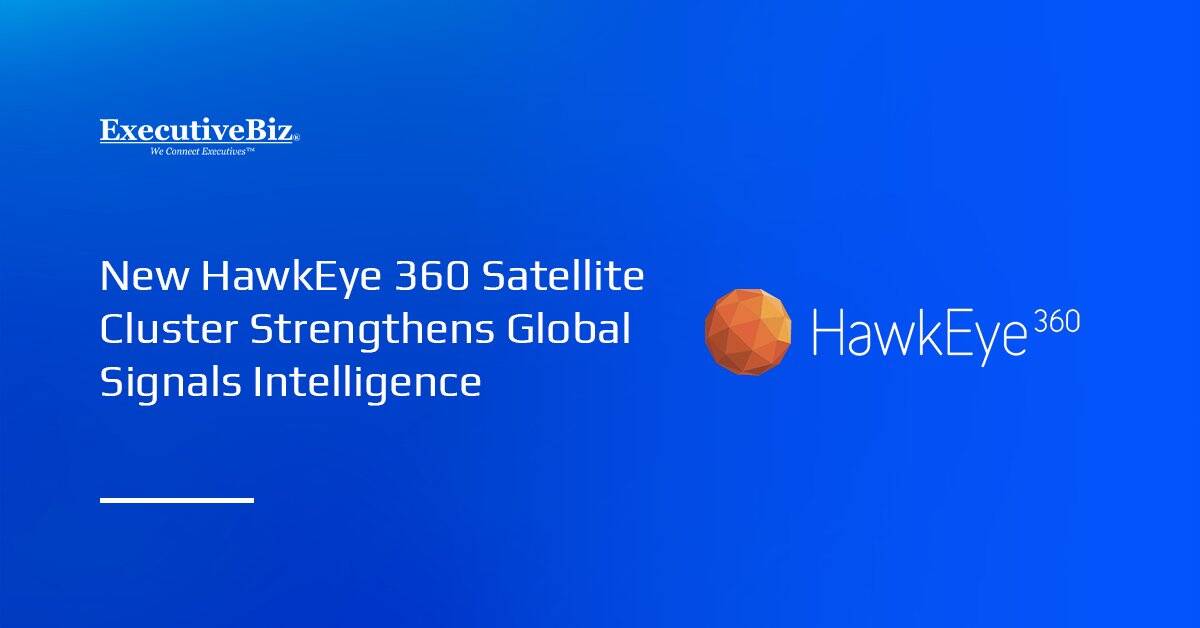HawkEye 360 has expanded its space-based signals intelligence constellation with the declaration of full operational capability for its latest satellite trio, Cluster 12. The company confirmed on Tuesday that the satellites, launched June 26 aboard a Rocket Lab Electron rocket, are now calibrated, commissioned and fully integrated into the space architecture.
“Achieving FOC for Cluster 12 strengthens our ability to deliver timely, mission-critical signals intelligence to defense, intelligence, and commercial partners,” said Todd Probert, HawkEye 360’s president for U.S. government business and a two-time Wash100 Award recipient. “This cluster enhances our ability to monitor complex operating environments, detect signals of interest, and drive informed decisions across land and sea.”
The mission also carried Kestrel-0A, an experimental satellite that will inform the development of the company’s future technologies through in-orbit testing.
Closing Critical Coverage Gaps
Cluster 12 is the first in HawkEye 360’s constellation to operate in a dawn/dusk sun synchronous orbit, providing visibility into regions previously underserved by earlier satellites. The expanded coverage aims to meet increasing demands for signals intelligence to address challenges tied to maritime domain awareness, air defense system detection and Global Navigation Satellite System interference monitoring.
The three satellites build on the architecture of Clusters 9 through 11 but add new features, including a Ka band downlink to enable higher data throughput in future operations.
With the constellation’s expansion, HawkEye 360 is scaling its capabilities to provide consistent, trusted RF geolocation data to government and allied partners for enhanced situational awareness and informed decision-making.





